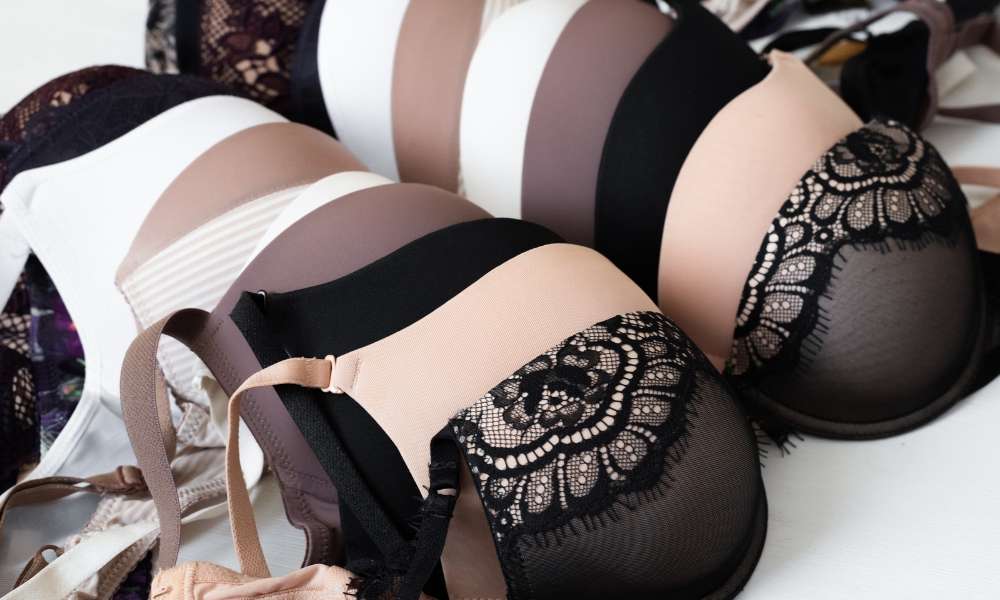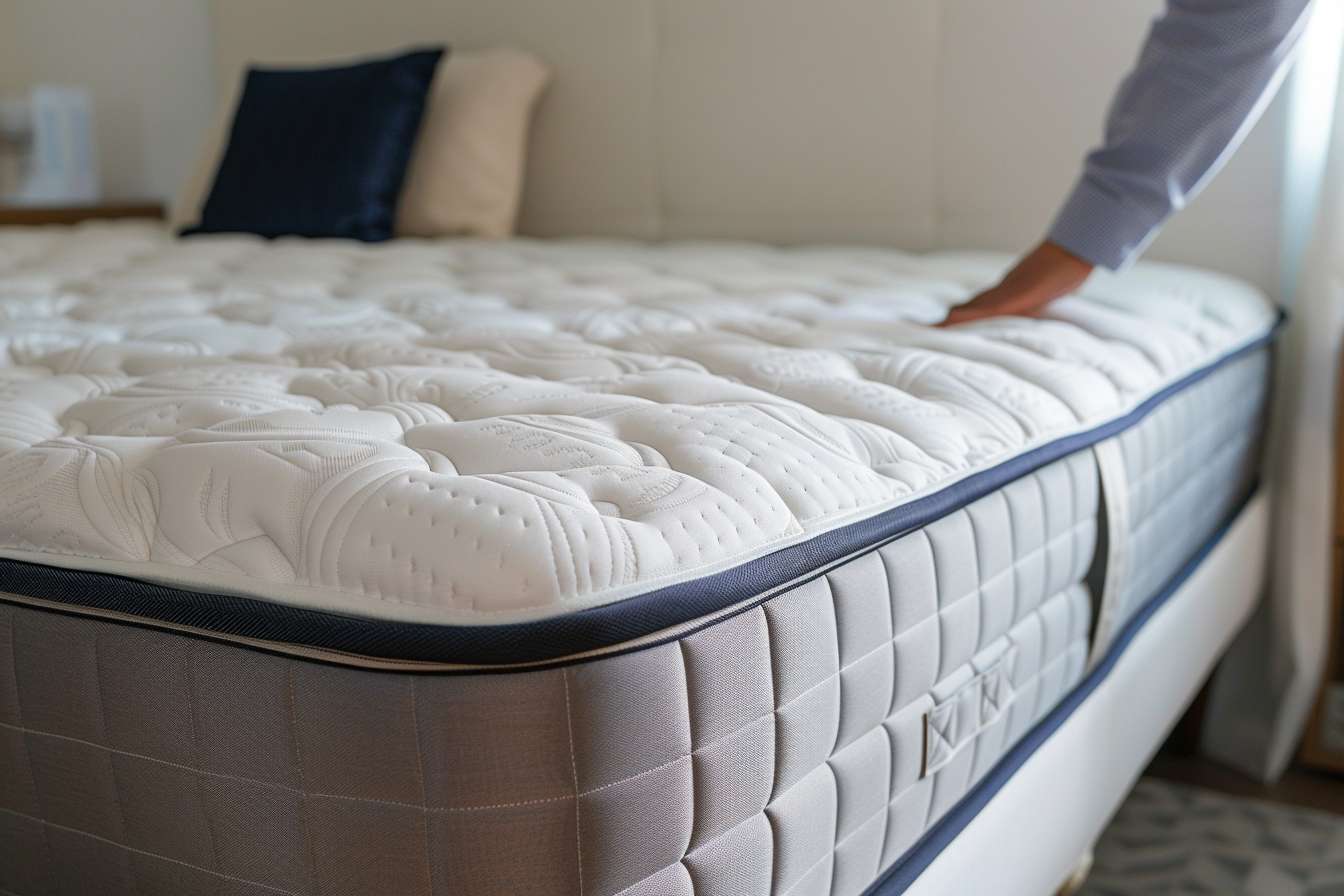"Incorporating Elements of Biophilia in Urban Apartments"
Imagine coming home after a hectic day to an apartment that is not just a living space, but a serene sanctuary that connects you to nature. This is the essence of Biophilic design, a trend that is transforming urban living by integrating natural elements into modern apartments.

The Biophilic Design Movement
Biophilic design is the practice of incorporating direct and indirect elements of nature into the built environment. The term “biophilia” originates from the Greek words “bios” meaning life and “philos” meaning love, essentially translating to “love of life” or “love of living systems.” Introduced by the American biologist Edward O. Wilson in the 1980s, the concept tap into the intrinsic human affinity for nature, presenting an innovative design solution to the increasingly urbanized and digitally dominated world we live in.
The Relevance of Biophilic Design in Modern Apartments
With increasing urbanization, many city dwellers are faced with the challenge of limited access to natural environments. This has led to a surge in popularity of Biophilic design in apartments. By integrating natural elements into the living spaces, this design trend enhances well-being, reduces stress, and boosts mood. From plants and natural materials to light and views of nature, the design elements used in this approach not only contribute to a visually appealing aesthetic, but also serve functional purposes.
Practical Applications of Biophilic Design
There are numerous ways to incorporate biophilic design elements into an apartment setting. For instance, using materials such as wood, stone, and bamboo can evoke a sense of nature. Incorporating indoor plants, green walls, and natural light can help create a calming atmosphere. Strategic placement of mirrors can give an illusion of a more open, airy space and provide a sense of connection with the outside world. The use of earthy colors, botanical prints, and nature-inspired artwork can also enhance the natural vibe of the space.
The Future of Biophilic Design
The future of Biophilic design in urban apartments seems promising. As the global population continues to urbanize, the need for nature-inspired living spaces will only increase. As a result, architects and interior designers will continue to innovate and find ways to incorporate elements of biophilia into urban living spaces. In a world where stress and digital fatigue are increasingly prevalent, the calming influence of nature can provide a much-needed respite.
Conclusion
Biophilic design offers a unique solution to the challenge of urban living, helping to create a balanced, harmonious living space that brings the outdoors inside. As this trend continues to evolve, it will undoubtedly continue to influence the way we design and perceive our living spaces, promoting a lifestyle that embraces both the modern and the natural.




